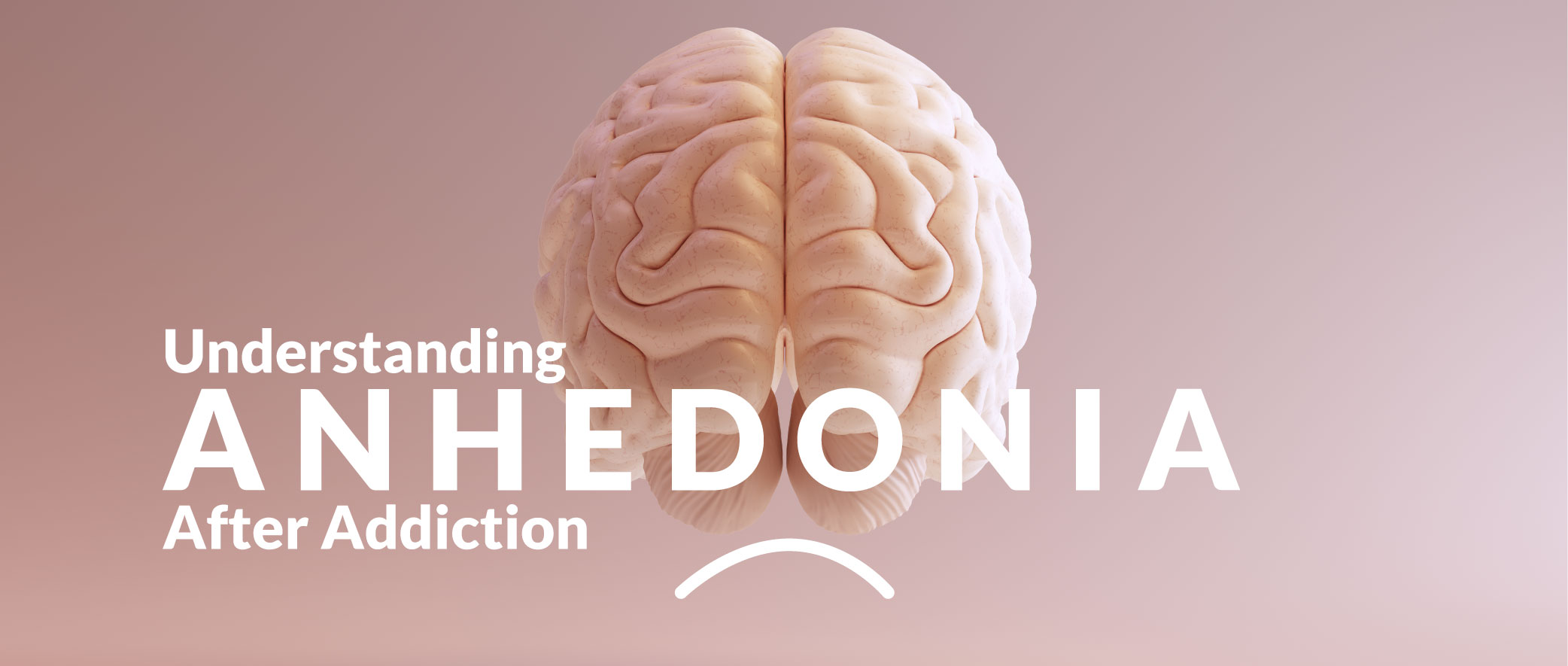
Anhedonia is a common side effect when recovering from addiction and can be a dangerous precursor for relapse if not clearly understood. Because understanding anhedonia can also help reduce the risks of relapse, it’s important to be able to recognize the symptoms of anhedonia, know how to treat them, and understand what’s causing them. This article will also cover why people in addiction recovery experience it and how long the symptoms typically last.
TL;DR: Anhedonia—feeling emotionally numb or joyless in recovery—is common but treatable; Tree House Recovery uses fitness, nutrition, mindfulness, social connection, and therapy to help reignite purpose and pleasure in life.
If you’re ready for real recovery, we’re here to help. Call (855) 202-2138 to speak to an admission team member.
Anhedonia appears in everyday life after recovery and often can go unrecognized. 1
Anhedonia is the loss of interest or pleasure in activities that once brought joy. Common signs include emotional numbness, low motivation, social withdrawal, and a lack of enjoyment in daily life.
Addiction changes how the brain processes reward. In recovery, the brain begins to rebalance, which can temporarily dull a person’s ability to feel pleasure. This phase is normal and often short-term.
Cognitive Behavioral Therapy (CBT), trauma-informed care, and experiential therapies—such as surf therapy or wilderness therapy—are effective. In some cases, Medication-Assisted Treatment (MAT) may also support recovery.
The timeline for anhedonia varies. Some individuals recover in weeks; others take months. With structured treatment and support, most people see steady improvement.
Exercise, quality sleep, good nutrition, and regular social connection can help restore the brain’s reward system. Mindfulness and time in nature can also improve mood and motivation.